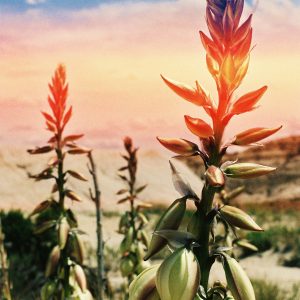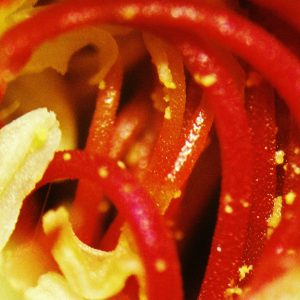Huddled next to my heater in the dead of a Seattle Winter, I was anxious and nervous. I was applying for a job…with no luck, when a former TA of mine sent me a link to a website called the Conservation and Land Management Internship Program. I had no idea that six months down the road, I would be hiking around identifying plants on desert mesas in New Mexico. This blog marks the first month of my CLM Seeds of Success internship. Now I am away from home and everything I know, yet I don’t have a single worry in my mind. I am comfortable and fully in the mindset of a total-exposure, no preparation crash course in native botany. This summer is going to be great!
I received my education at the University of Washington where I studied Biology: Ecology, Evolution & Conservation. Most of my research has focused on primary succession on Mount St. Helens. The point being that up until this point I have studied many aspects of botany, but not so much the systematics that the SOS program has to offer. I am so excited and I feel like I have learned more about classification in this last month, than my undergraduate career. I’m not sure If any of you have had the feeling, but it’s the “Oh man, I’m gonna know soooo much more about classification in 6 months.” –kinda feeling. The “kicker” on top of that is there is so much more flora to see and learn if you travel 50 miles in any direction. New Mexico is a haven for speciation and geologic diversity.
Navajo Ethno-botanist Arnold Clifford explained “In botany you could go from one region to the other and be completely lost all over again”. I traveled with Arnold and my supervisor Sheila Williams to Simon Canyon, where our local BLM office was hosting field days for middle-school children. It was during my first two weeks that I really begun to understand the truth of those words. Sure, you find many species in both the Seattle and Farmington neck-of-the-woods (or shrubs); but for the most part, you better have your keying book at hand. As a whole, botany is a never-ending discipline.
It is also interesting how families and genera parallel each other in different climates. You may find Penstemons, Castillejas, Lupines, Firs and Mustards from both areas –each similar to the other, but different enough to suggest subtle changes in morphology and reproduction, which alludes to hundreds of year’s worth of adaptation. To be able to experience this in a natural environment is in itself absolutely worth every pain-stakingly tedious lab, exam and endless night of book-diving.
The day before my flight into Farmington, a good friend (and aspiring botanist) gave me his camera so I could document this amazing opportunity. Thank god I decided to take it since I sold mostly everything I had, and brought close to nothing with me. This new hobby just might capture the shape of things to come.
Until next month, I bid you all a wonderful start to your internships and hope you get as much out of it as I have.
-Anthony Wenke




